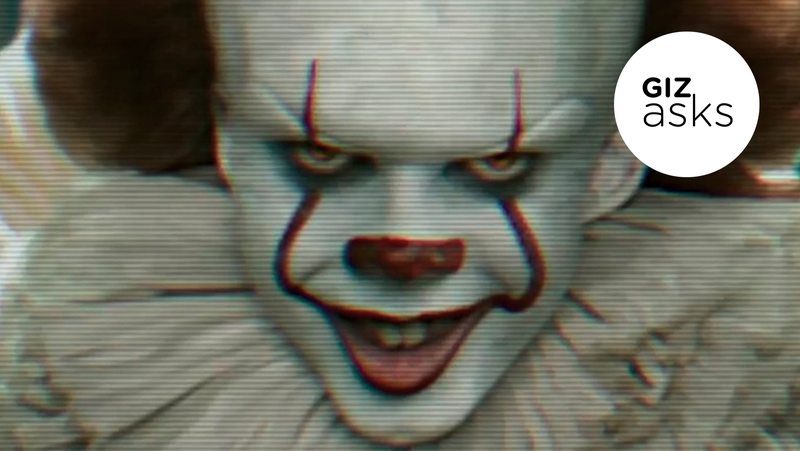 Image: Warner Bros. Pictures
Image: Warner Bros. Pictures
With their fanciful costumes and comedic personas, clowns seem like the epitome of joy. But these figures of fun also provoke a horrified response and have even inspired their own phobia. Although it’s not officially recognized in the American Psychiatric Association’s DSM-5 categorization of disorders, coulrophobia, the fear of clowns, is one of the most commonly known phobias in the public perception. It’s easy to see why clowns are sometimes viewed as icons of fear. Permanent, frozen smiles and uncanny, mask-like makeup inspire nightmarish visions.
Popular culture helped catapult the clown to a titan of terror. Stephen King’s 1986 book It, and the movie remake opening September 8th, follows seven childhood friends as they are terrorized by the evil clown Pennywise who preys on their deepest fears and insecurities. The evil clown had already leaped from the pages of fiction into reality in the late 1970s when real-life serial killer John Wayne Gacy was dubbed “Killer Clown” after it was discovered he dressed as “Pogo” performing at fundraisers and children’s birthday parties. In 2016, an evil clown craze seemed to spread across the world with reports of menacing clown sightings.
Benjamin Radford, author of Bad Clown, has stated that the evil clown is not a new phenomenon: “There’s an incorrect notion that clowns were once always happy and jolly and that the evil clown is a new turn on that. In fact, clowns have always been fairly ambiguous characters. Sometimes they’re good, sometimes they’re bad. Sometimes they’re trickster figures. . . . Sometimes they’re making people laugh, sometimes they’re scaring the hell out of people.”
Rami Nader, a psychologist and director of the North Shore Stress and Anxiety Clinic in North Vancouver, B.C., told NBC that perhaps the root of coulrophobia comes from the clown’s blurry identity: “You can’t really tell who [clowns] are. You can’t really see their face. You don’t really know what that all means behind the mask.”
So what does it mean when an actor takes on the role of an evil clown in cinema, where the wicked clown persona is more popular than ever? This week on Giz Asks, we talked to several experts—including psychologists knowledgeable about performance and several actors who played killer clowns—what it means to transform into an audience’s worst, red-nosed nightmare.
Sid Haig
Actor, Captain Spaulding in Rob Zombie’s House of 1000 Corpses and The Devil’s Rejects